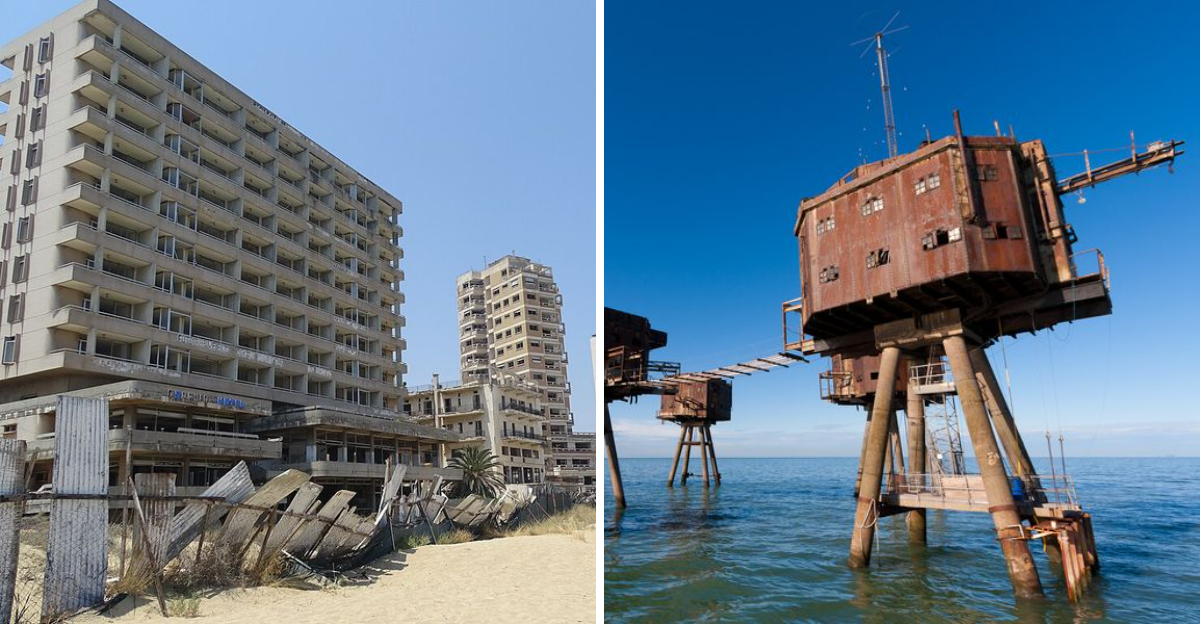17 UNESCO World Heritage Sites Everyone Should See Once In A Lifetime
Our planet is filled with incredible places that tell stories of human creativity and natural wonder.
UNESCO World Heritage Sites represent the most extraordinary locations worth protecting for future generations.
From ancient ruins to breathtaking landscapes, these 17 destinations offer unforgettable experiences that will change how you see the world.
1. Machu Picchu (Peru)
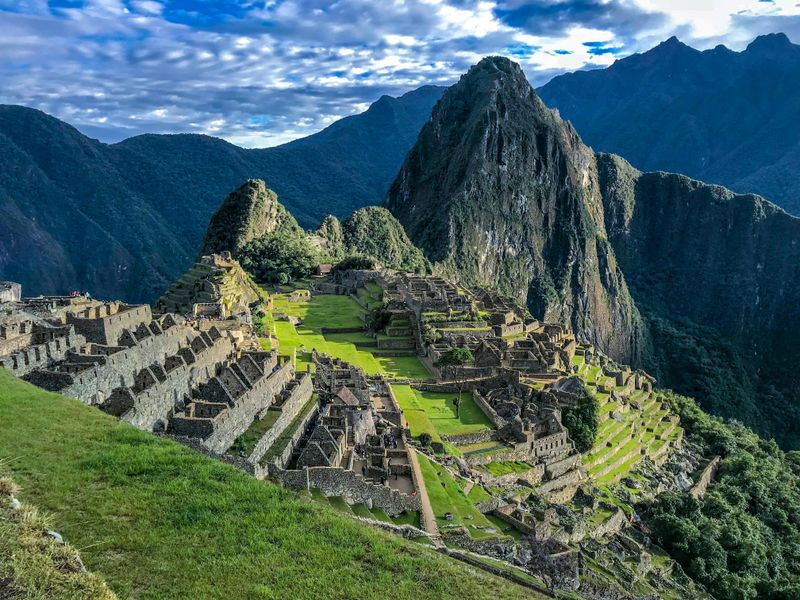
High in the Andes Mountains sits one of history’s most mysterious cities, built by the Incas over 500 years ago. Getting there requires either a scenic train ride or a challenging hike along ancient stone paths.
Walking among the perfectly fitted stones and terraced gardens feels like stepping into another world.
The morning mist rolling over the peaks creates an almost magical atmosphere that photographers dream about capturing.
2. Great Wall of China (China)
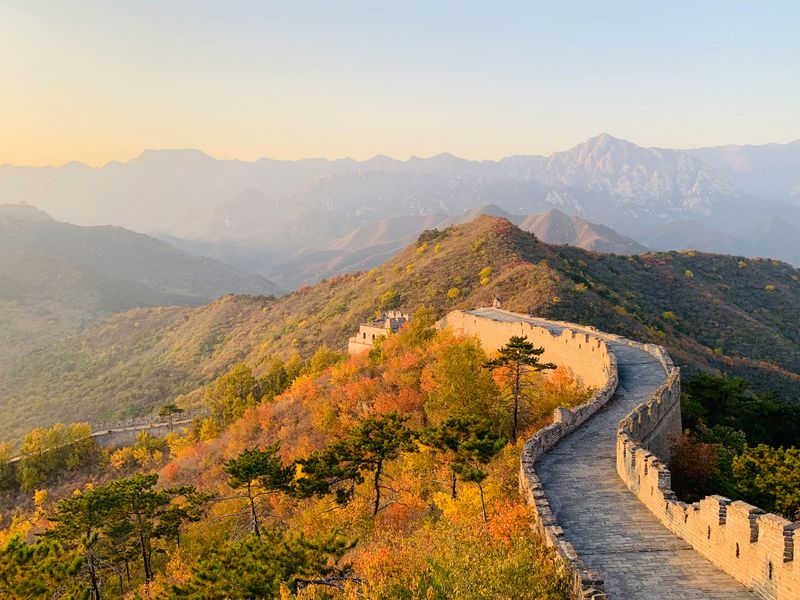
Stretching over 13,000 miles across mountains and deserts, this ancient defense system took centuries to complete.
You can walk along restored sections near Beijing or explore wilder, crumbling parts that few tourists visit. Each brick represents countless hours of human labor and determination.
Standing atop a watchtower, gazing at the wall snaking endlessly across ridges, makes you appreciate the incredible ambition of ancient builders.
3. Taj Mahal (India)
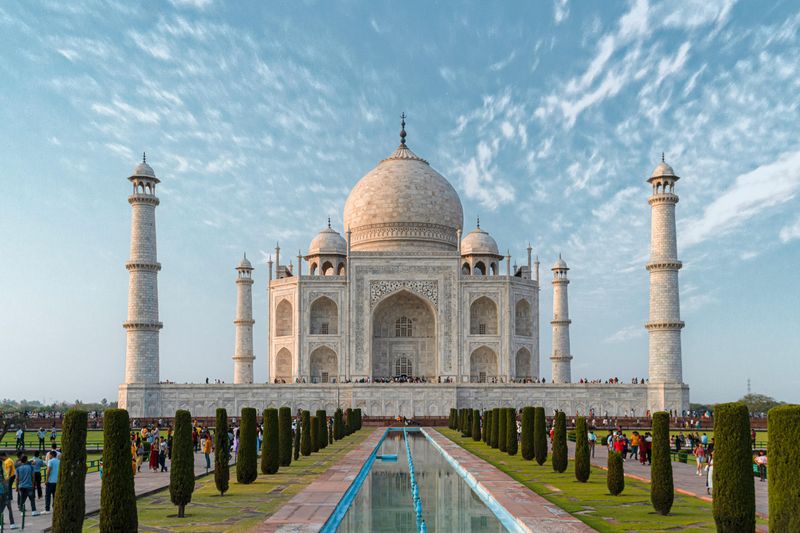
Built by an emperor heartbroken over losing his beloved wife, this marble masterpiece took 20,000 workers over 20 years to complete.
The white facade changes colors throughout the day, glowing pink at sunrise and golden at sunset. Intricate floral patterns made from precious stones cover the walls, showcasing incredible craftsmanship.
Visiting at dawn helps you avoid massive crowds while experiencing the monument in its most peaceful, romantic light.
4. Angkor Wat (Cambodia)
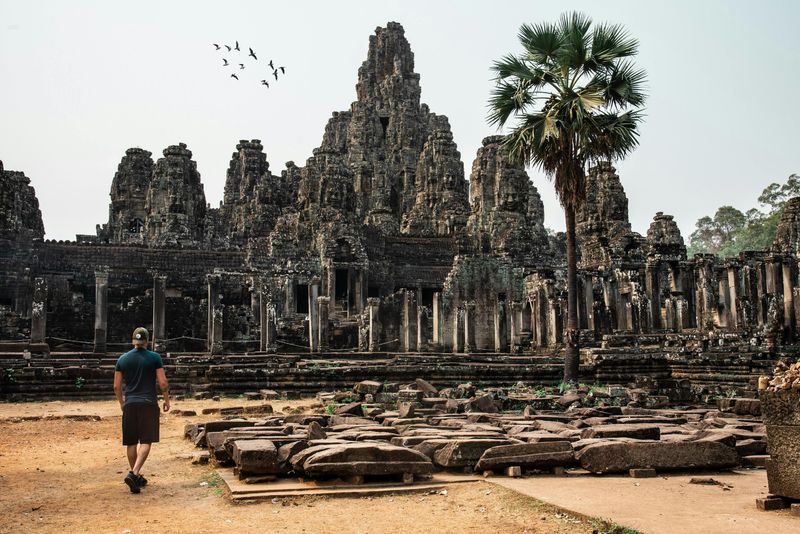
Originally constructed as a Hindu temple in the 12th century, this massive complex later transformed into a Buddhist site.
Sunrise here draws crowds, but watching light gradually illuminate the intricate carvings makes waking up early worthwhile.
Exploring the surrounding jungle temples like Ta Prohm, where tree roots engulf ancient stones, feels like discovering a lost civilization.
Hiring a knowledgeable guide helps you understand the fascinating stories carved into every wall.
5. Acropolis of Athens (Greece)

Perched above modern Athens, these ancient temples have watched over the city for nearly 2,500 years.
The Parthenon, dedicated to goddess Athena, showcases the architectural genius of ancient Greeks despite centuries of damage and theft.
Walking the same marble paths as Socrates and Plato creates an incredible connection to Western civilization’s birthplace.
Visit early morning or late afternoon to escape brutal midday heat and harsh lighting for photographs.
6. Pyramids of Giza (Egypt)

For over 4,500 years, these massive tombs have puzzled historians trying to understand how ancient Egyptians moved such enormous stones.
Standing beside the Great Pyramid, the largest of the three, makes you feel incredibly small yet connected to human history.
The nearby Sphinx guards these monuments with its mysterious, weathered face.
Camel rides around the complex offer classic photo opportunities, though be prepared to negotiate prices firmly with persistent vendors.
7. Grand Canyon National Park (USA)
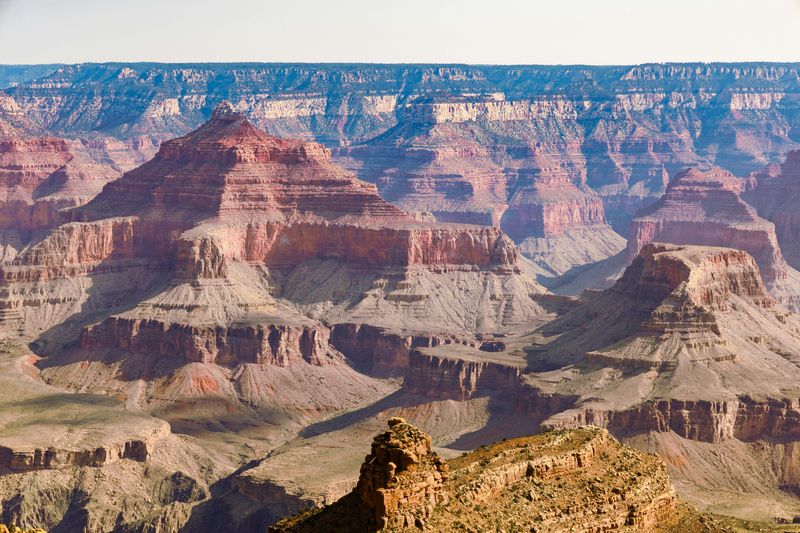
Carved by the Colorado River over millions of years, this massive gorge stretches 277 miles long and reaches depths of over a mile.
Your first glimpse of the canyon’s immensity often leaves visitors speechless, struggling to comprehend the scale.
Hiking below the rim reveals hidden waterfalls and ancient rock layers telling Earth’s geological story.
Whether viewing from the South Rim or adventuring into the canyon itself, prepare for an experience that photographs simply cannot capture.
8. Serengeti National Park (Tanzania)

Witnessing millions of wildebeest thunder across endless plains during the Great Migration ranks among nature’s most spectacular shows.
Lions, elephants, cheetahs, and countless other species roam freely across this vast ecosystem spanning 5,700 square miles.
Safari game drives at sunrise offer the best wildlife viewing as animals emerge in cooler temperatures.
Hot air balloon rides provide breathtaking aerial perspectives of the landscape and herds moving below like living rivers.
9. Venice and its Lagoon (Italy)
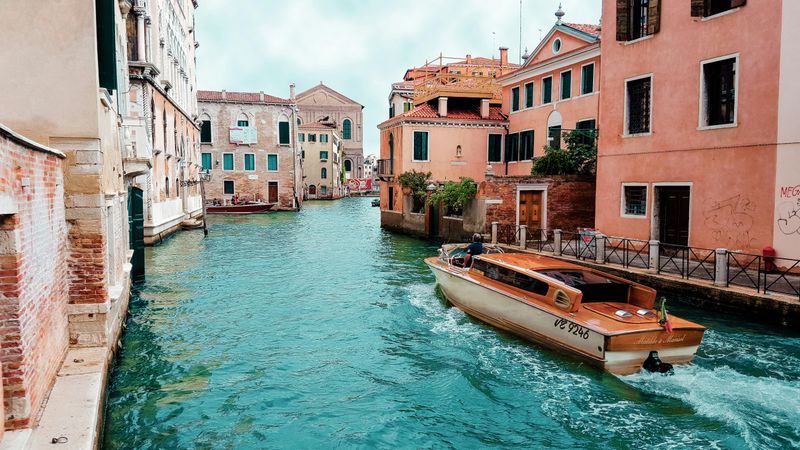
Built entirely on wooden pilings driven into marshy islands, this floating city defies logic and gravity.
Wandering narrow alleyways and crossing countless bridges reveals hidden piazzas and stunning architecture around every corner.
Gondola rides along canals provide romantic perspectives, though water buses offer more budget-friendly transportation.
Rising sea levels threaten Venice’s future, making visiting this architectural wonder increasingly urgent for travelers worldwide.
10. Yellowstone National Park (USA)
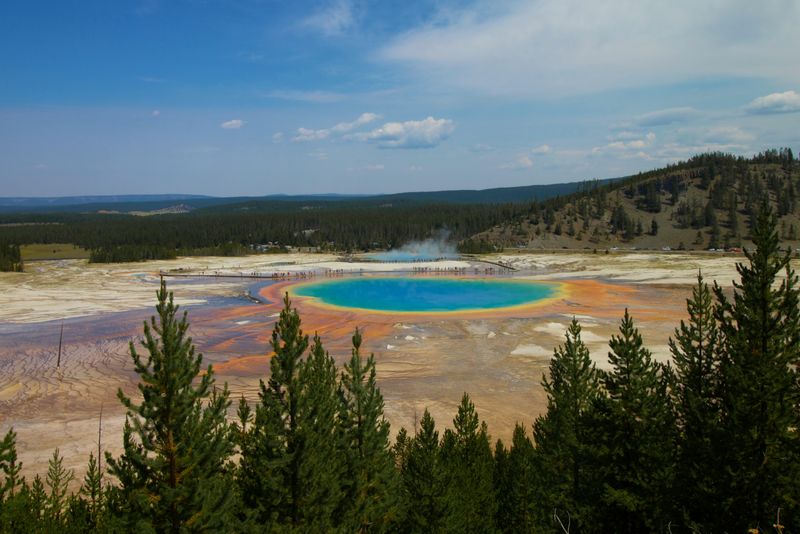
America’s first national park sits atop a massive supervolcano, creating an otherworldly landscape of geysers, hot springs, and bubbling mud pots.
Old Faithful erupts roughly every 90 minutes, delighting crowds with its predictable yet impressive water displays.
Bison herds roam freely, sometimes causing traffic jams as they cross roads at their own pace.
The Grand Prismatic Spring’s rainbow colors look almost artificial, created by heat-loving bacteria thriving in extreme conditions.
11. Stonehenge (United Kingdom)
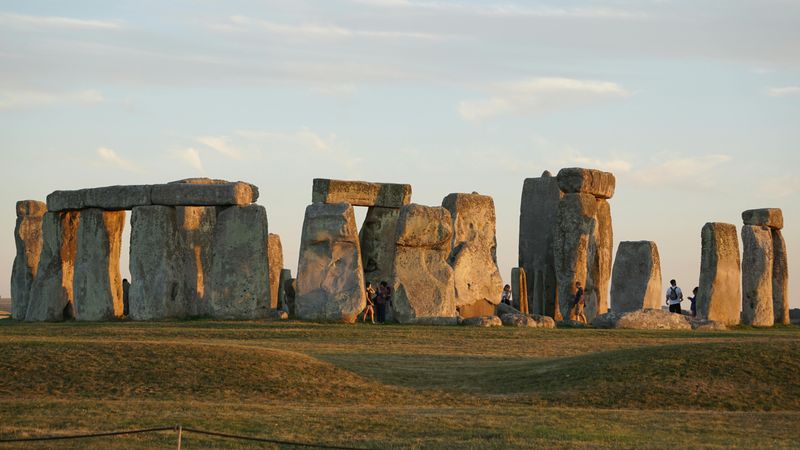
Nobody knows exactly why ancient people hauled these massive stones from distant quarries and arranged them in precise circles.
Standing before the monument, especially during summer solstice when the sun aligns perfectly, creates an almost spiritual atmosphere.
Each stone weighs up to 25 tons, yet somehow Bronze Age builders positioned them without modern machinery.
Audio guides share fascinating theories about Stonehenge’s purpose, from astronomical calendar to healing temple.
12. Great Barrier Reef (Australia)

Stretching over 1,400 miles along Australia’s coast, this living structure can be seen from space.
Snorkeling or diving here immerses you in an underwater wonderland where neon fish dart between coral gardens in every imaginable color.
Climate change threatens this fragile ecosystem through coral bleaching, making visits both more important and heartbreaking.
Glass-bottom boats offer reef views for non-swimmers, though nothing compares to swimming among sea turtles and reef sharks.
13. Historic Kyoto (Japan)
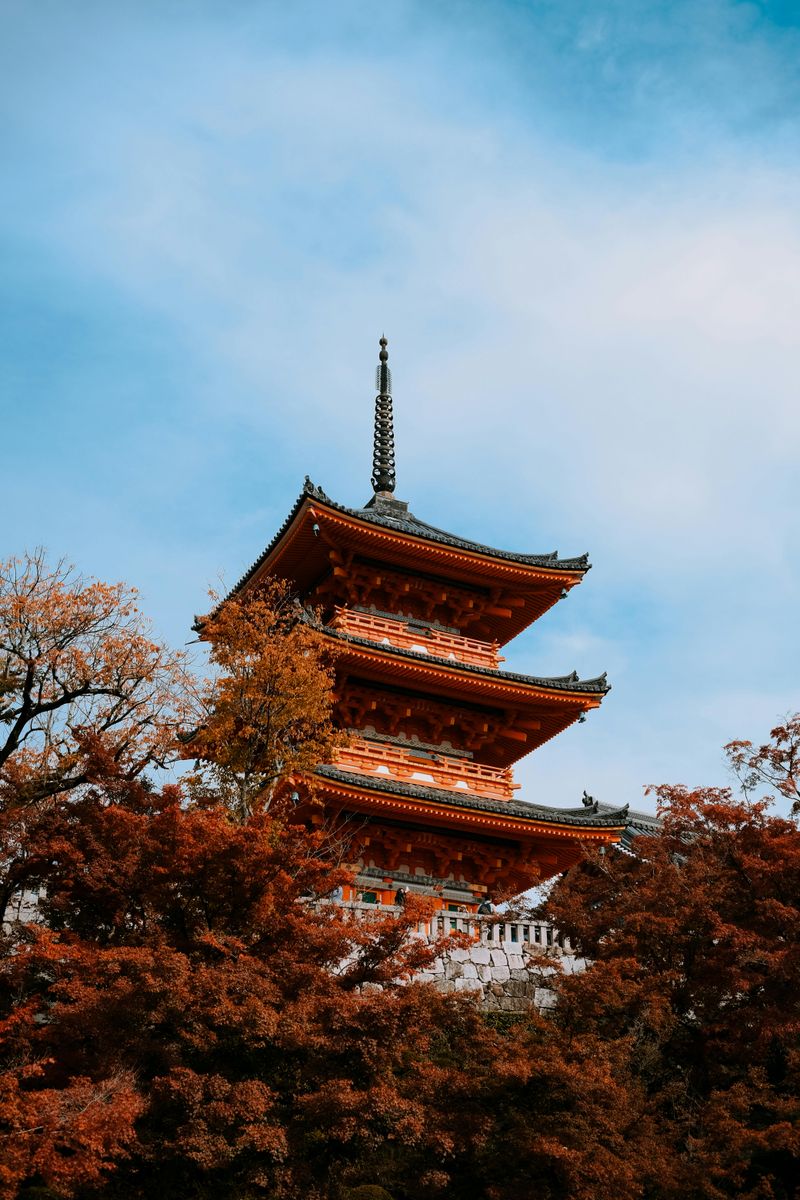
Over 2,000 temples and shrines fill this ancient capital, which served as Japan’s heart for over 1,000 years.
Walking through bamboo groves in Arashiyama or exploring the golden Kinkaku-ji temple transports visitors to old Japan.
Cherry blossom season transforms the city into a pink paradise, though crowds swell considerably during this period.
Geisha districts like Gion preserve traditional culture, where you might spot elegantly dressed performers heading to appointments.
14. Iguazu National Park (Argentina/Brazil)
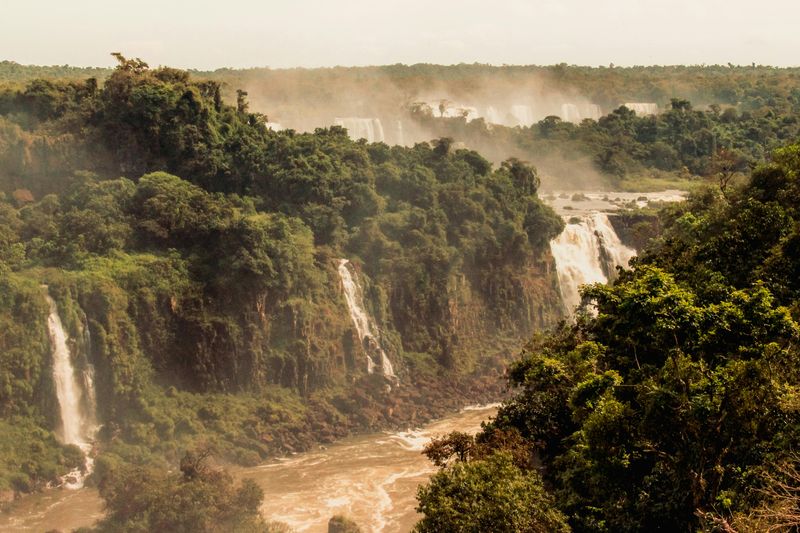
Eleanor Roosevelt reportedly gasped “Poor Niagara!” upon seeing these falls, which dwarf most other waterfalls worldwide.
Over 275 individual cascades thunder across nearly two miles, creating constant mist rainbows and deafening roars.
Walkways bring you incredibly close to the edge, where water plunges into the Devil’s Throat chasm.
Both Argentine and Brazilian sides offer different perspectives, making visiting both countries worthwhile for the complete experience.
15. Mont-Saint-Michel (France)
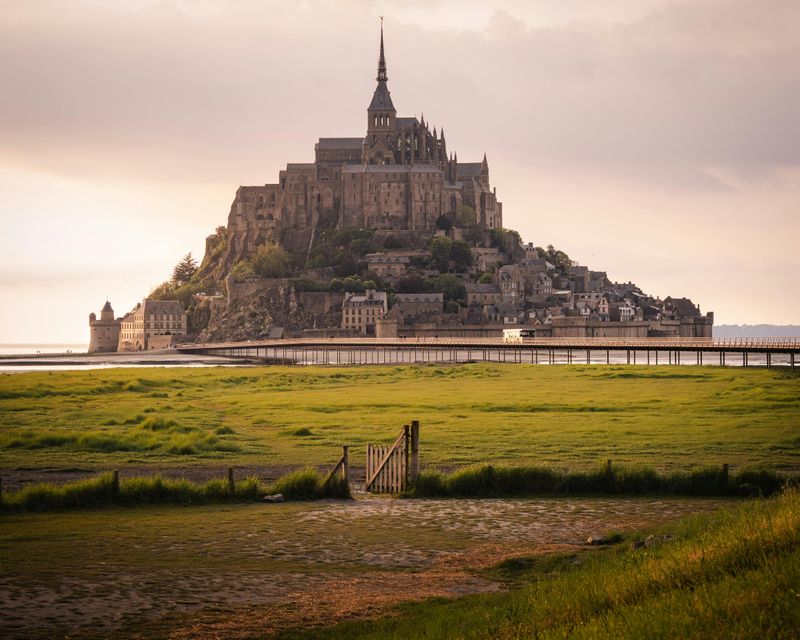
Rising dramatically from tidal flats, this medieval abbey looks like something from a fairy tale.
During high tide, water completely surrounds the island, cutting it off from mainland France and creating stunning reflections.
Narrow medieval streets wind upward past shops and restaurants toward the abbey crowning the summit.
Timing your visit with tide schedules adds drama, as water rushes in faster than a person can run during extreme tides.
16. Chichen Itza (Mexico)
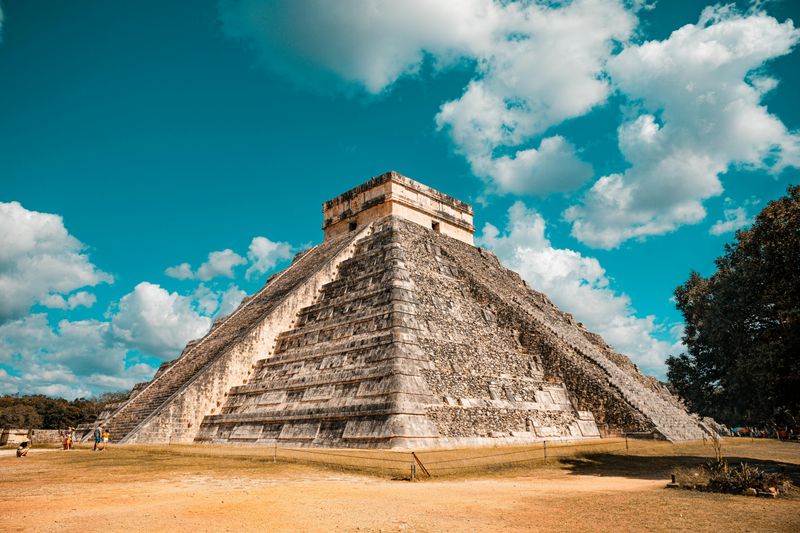
During spring and fall equinoxes, shadows create the illusion of a serpent descending the pyramid’s stairs, showcasing Mayan astronomical genius.
El Castillo pyramid dominates the site, though the ball court and sacred cenote reveal equally fascinating aspects of Mayan culture.
Arriving when gates open helps you beat tour bus crowds and scorching midday heat.
Clapping your hands near the pyramid produces an echo resembling the sacred quetzal bird’s call – an acoustic trick engineered centuries ago.
17. Easter Island (Chile)
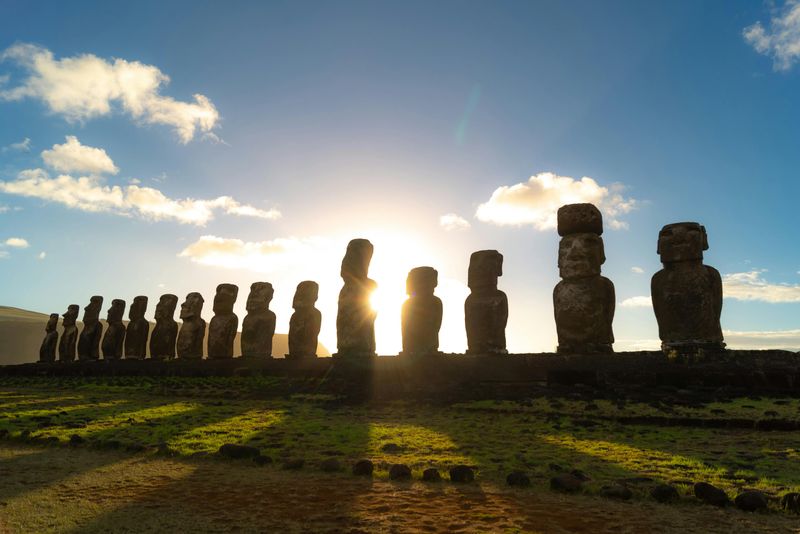
Nearly 1,000 massive stone heads dot this remote Pacific island, carved by Polynesian settlers between 1400 and 1650.
How islanders transported these multi-ton moai across the island without wheels or large animals remains hotly debated among archaeologists.
Getting here requires a five-hour flight from mainland Chile, making it one of Earth’s most isolated inhabited places.
Watching sunrise behind the moai at Ahu Tongariki creates unforgettable silhouettes worth the long journey.

